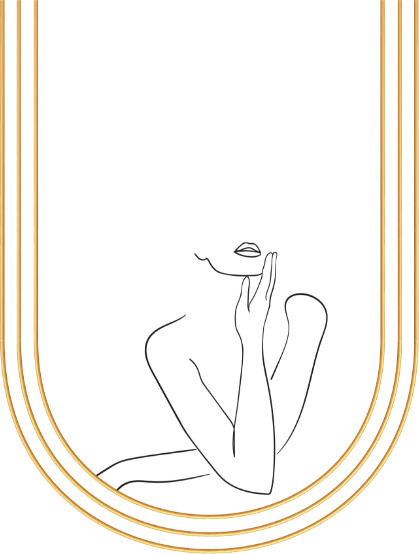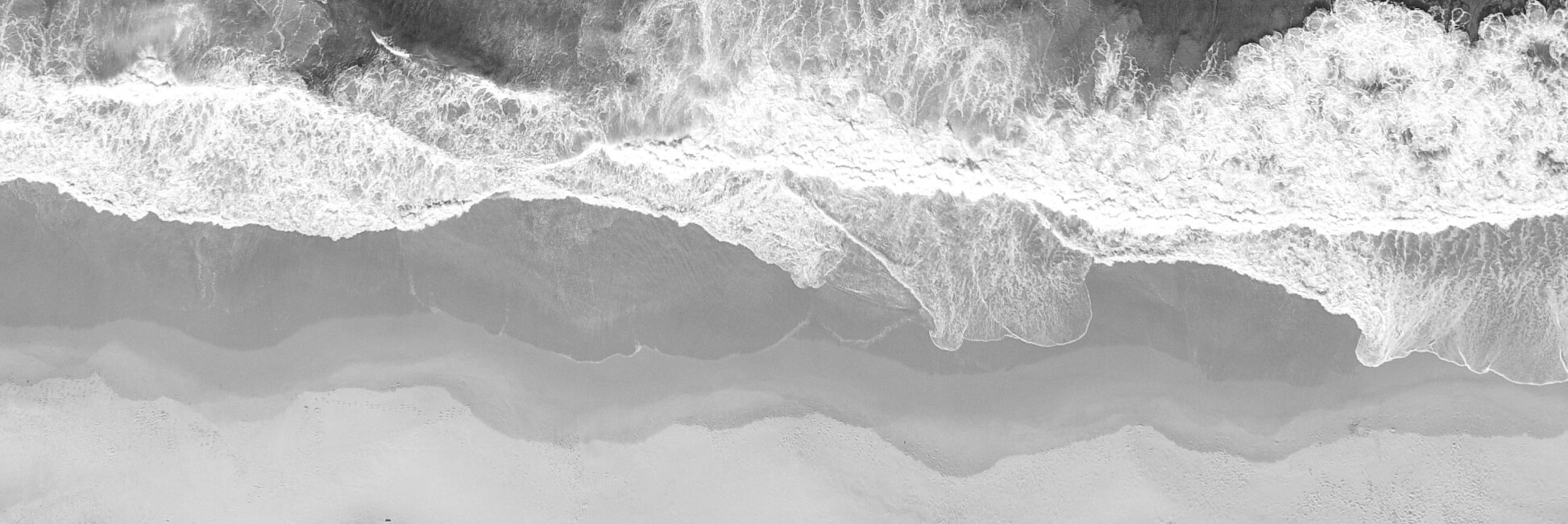Rhinoplasty, commonly referred to as a nose job or nose surgery, is a surgical procedure designed to reshape the nose by eliminating excess bone and cartilage while adjusting the supporting structures. This intervention addresses both cosmetic and functional concerns, and throughout history, it has undergone numerous refinements to reach its current state. However, have you ever wondered how long this procedure has been in existence? The answer might be surprising.
The beginning
The earliest documented instance of surgical treatment for nasal deformities dates back to around 3000 BCE, as recorded by the ancient Egyptians on papyrus—an early form of paper. Further records from Egypt, dating back to 1550 BCE, delve into the correction of nasal deformities. Specifically, the Ebers Papyrus, the longest medical papyrus measuring 68 feet in length and 12 inches in width, dedicates an entire section to nasal deformities and their corrective procedures. Earlier records from outside of Egypt, in what is now known as modern Iraq, have also been discovered. The Nuzi Tablets, dating back to 1600 BCE – 1350 BCE, contain similar informational content addressing nasal deformities.
The Indian Method
Interestingly, the emergence of ‘Nosemakers‘ in ancient India prompted the renowned Ayurvedic physician Sushruta, often referred to as the father of plastic surgery, to gain prominence. One of his most celebrated contributions involved the surgical correction of severed noses. This method, known as the Indian flap, entailed the transfer of pedicled forehead or cheek flaps to rectify nasal deformities. Which laid the foundation for future developments in nasal reconstruction.
The Italian Method
Despite the concept of reconstructive nasal surgery persisting through the medieval ages to the Renaissance, progress was hindered by the church; who harboured adverse opinions in regards to altering the body. Which is why the next notable progression which occurred in 1400s Italy was limited in its documentation. Branca de’Branca who practiced the Indian method, introduced it to his son Antinois, who adapted it using muscle from the arm instead. Gaspar Tagliacozziis later reproduced what is now known as the Italian method but criticises his predecessors for their lack of documentation. The Italian method, utilises a pedicled arm flap for nasal reconstruction.
Arrival in England
Skipping through time to 1793, the Indian method made its way to England, where it was recognised by others but was mainly pursued by Joseph Constantine Carpue. In 1814, he became the first European to perform the Indian method, which following its success he documented. The 1816 text assisted in the spread of the technique throughout Europe and America.
The Modern Rhinoplasty
The 19th and 20th centuries marked significant progress in Rhinoplasty. Focus on nasal lining became more prominent, with trials involving calvarial bone, forehead flap, iliac bone graft, and costal cartilage. Nasal prostheses were introduced alongside the development of modern silicones.
Utilising Modern Technology in Rhinoplasty (nose surgery)
In the realm of modern technological advancements, tools like the Vectra 3D imaging machine represent a significant stride forward. This state-of-the-art technology, as indicated by its name, employs 3D imaging to scan a patient’s face, transforming the scan into a detailed 3D model. This innovative approach becomes an invaluable asset for seasoned plastic surgeons such as Dr Scamp, who boasts over 30 years of experience.
Dr Scamp, specialising in Septorhinoplasty and Rhinoplasty with Cartilage Grafts, leverages the capabilities of the Vectra 3D imaging machine to convey the objectives of a Rhinoplasty (nose surgery) through imagery. This tool not only provides patients with a tangible visualization of the intended outcomes but also serves as a cornerstone for fostering clear communication. Empowered by this visual aid, Dr Scamp can intricately discuss and co-create personalized treatment plans with his patients.
These advancements also extend beyond consultations into the operating room. During surgery Dr. Scamp utilises a piezo machine for rhinoplasty procedures. Through harnessing ultrasonic sound waves, the device enables precise bone reshaping, which in turn minimises trauma to soft tissue, thus reducing complaints such as bleeding, swelling, and bruising. In comparison to earlier methods involving the use of a chisel and hammer to break the nasal bone, this technological innovation highlights the continuous advancement made even in recent times both in and out of theatre.
Looking at this brief dive into the evolution of Rhinoplasty from ancient practices to modern innovations truly underscores the ongoing quest for refinement and improvement. Which only leaves wonder about what the future of Rhinoplasty (nose surgery) will look like in the coming years and far future.






